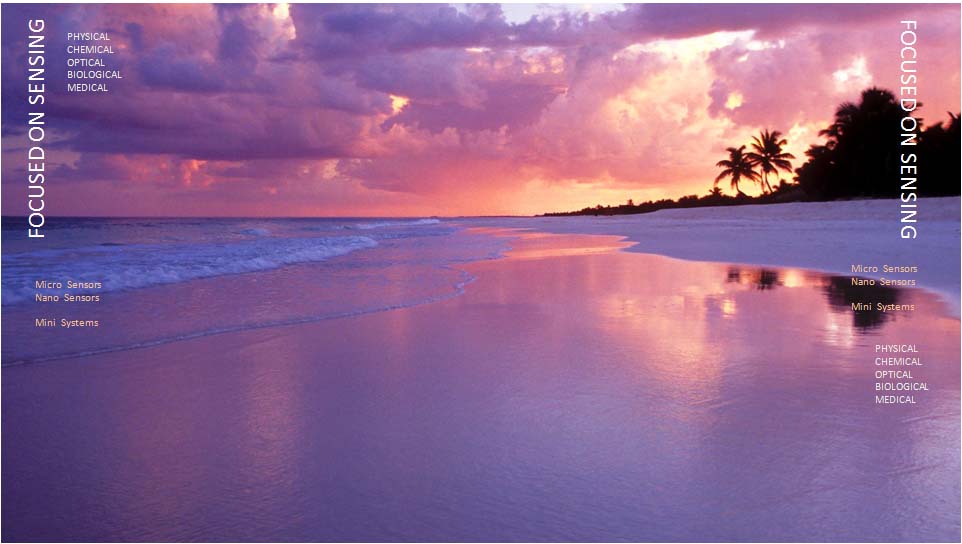
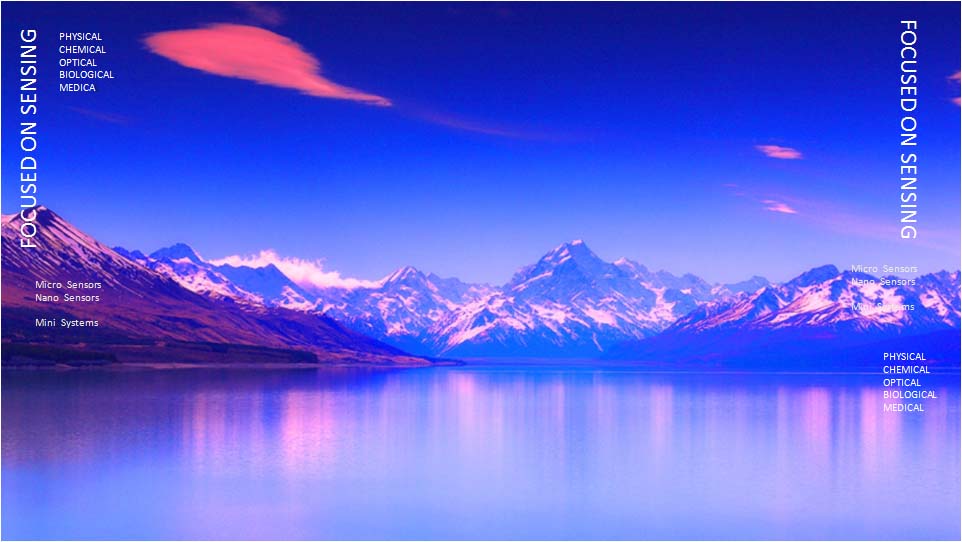
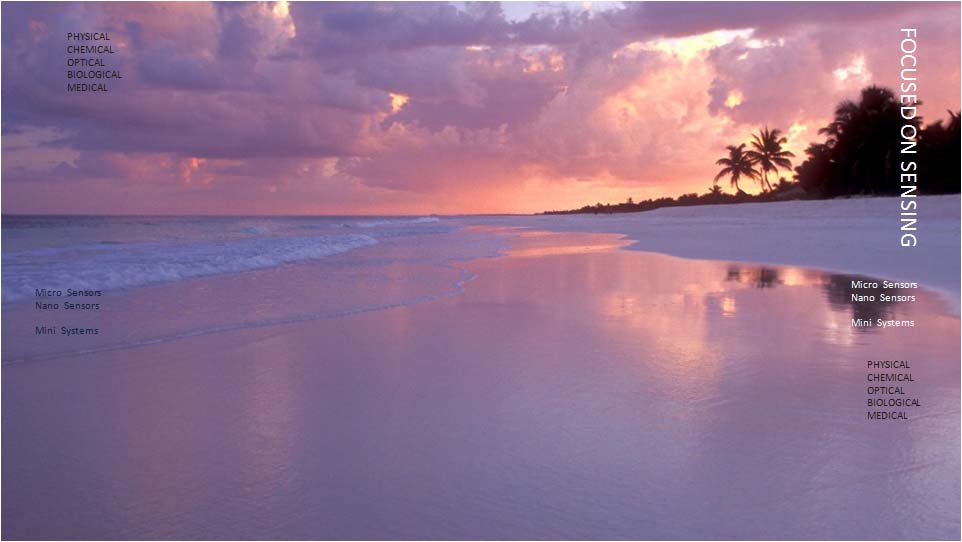

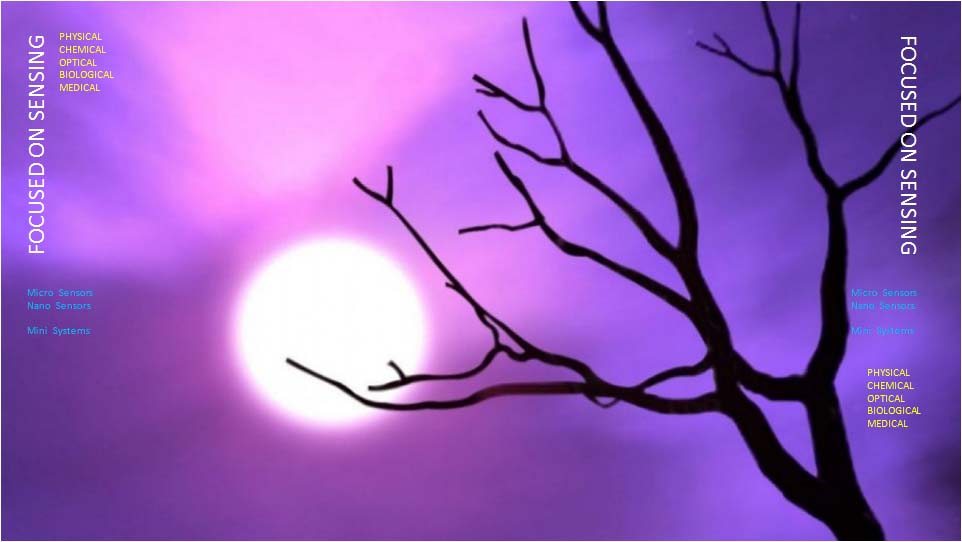
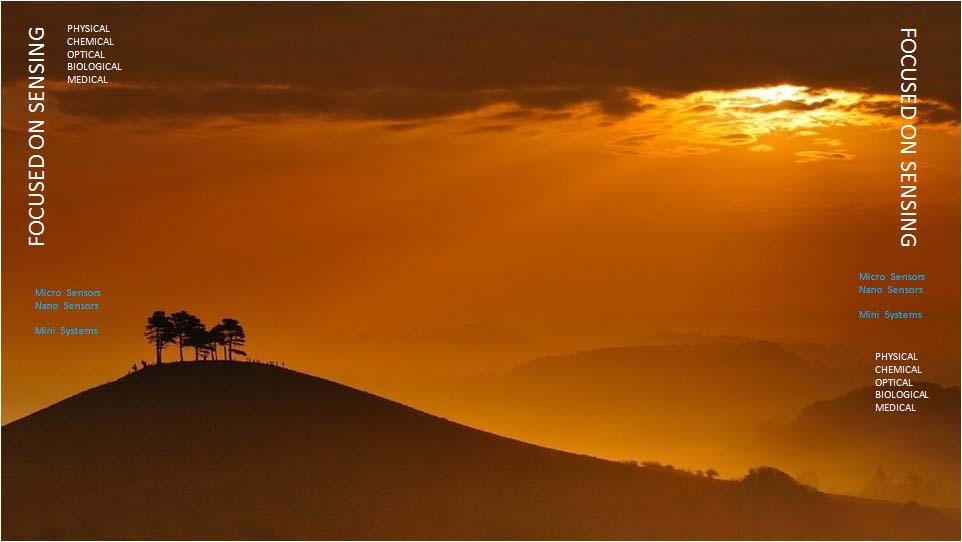
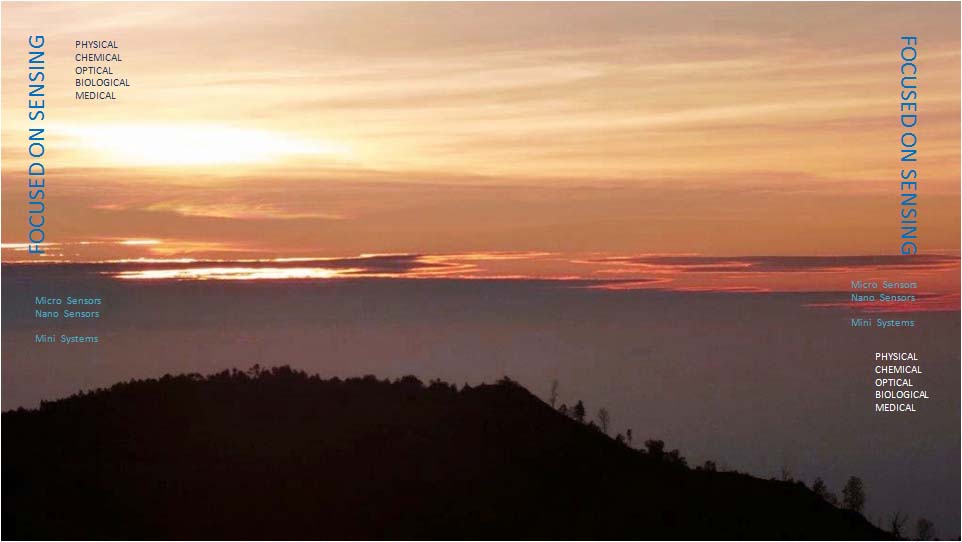
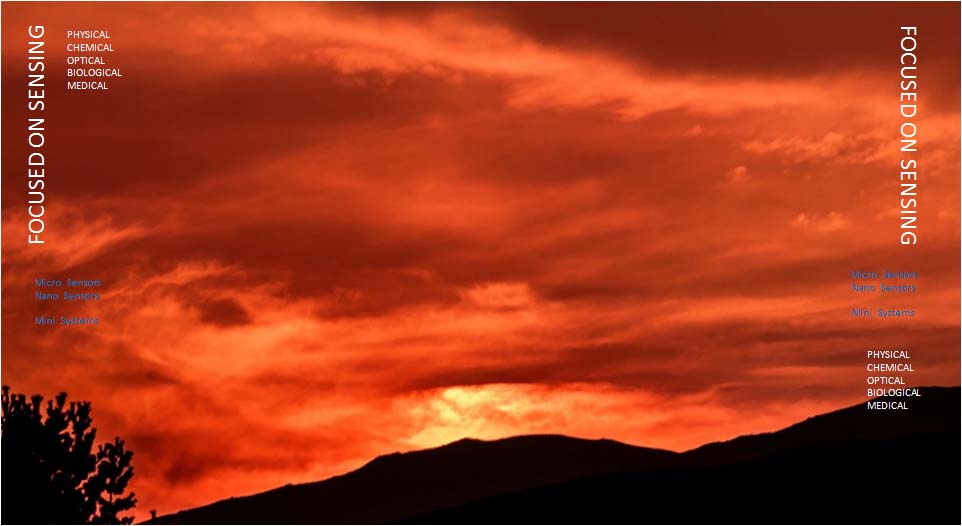
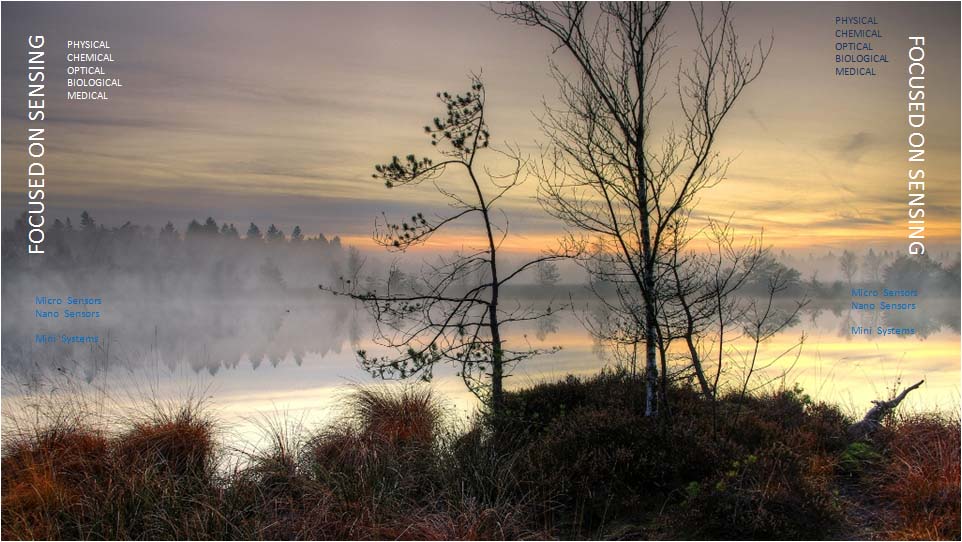
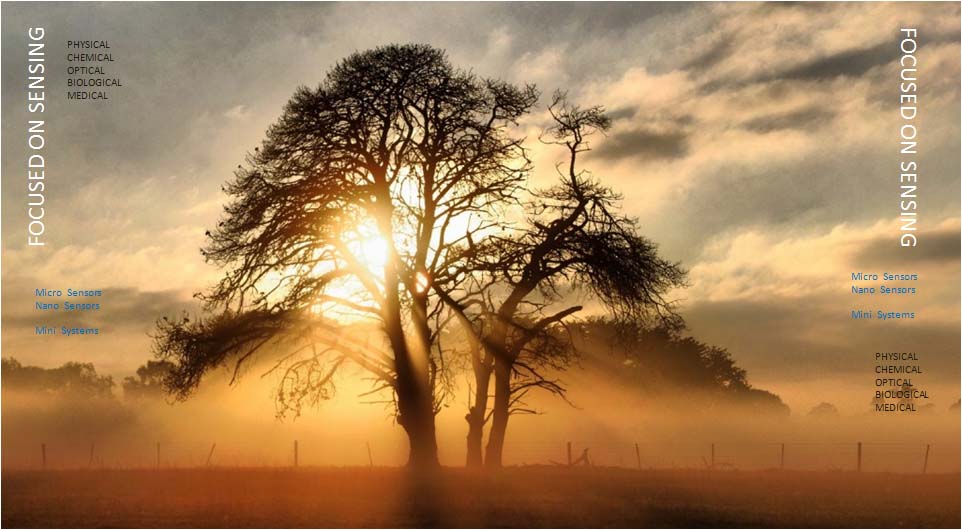

The chrome mask blanks use glass as base material. Soda lime glass is used for inexpensive masks, but for better accuracy and stability synthetic quartz is utilized. One face of the glass is coated with chrome.. Then the face with chrome is spin coated with photoresist, softbaked for handling ease. As the chrome surface does not get scratched easily, these masks are best suited for production applications.
During the alignment process one cannot see through the opaque regions in chrome mask. Any previous wafer patterns are invisible through the opaque regions, and one has to manage with whatever is visible through the clear regions during alignment process. This is the same problem one faces during alignment, while using emulsion coated mask with opaque regions.
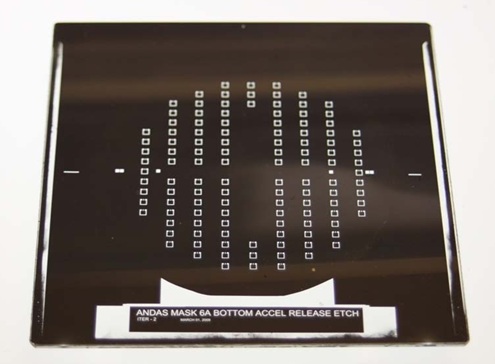
The chrome mask processing steps and average timings are as follows:
